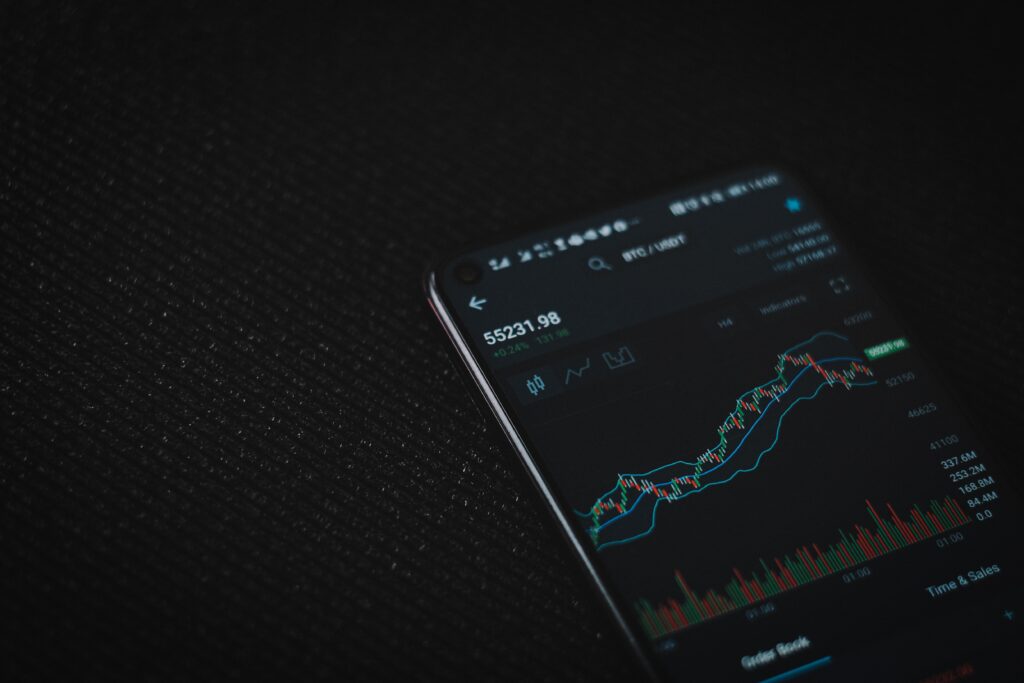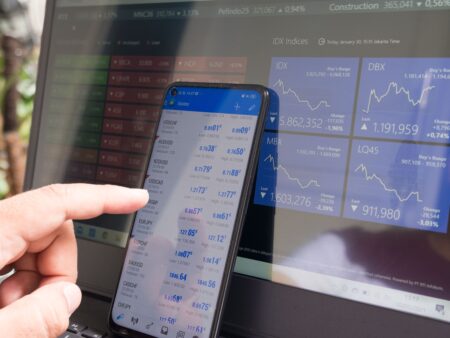Leverage is a double-edged sword in the world of Contract for Difference (CFD) trading. It’s a powerful tool that allows traders to control positions larger than their initial capital. While leverage can amplify profits, it also magnifies losses. In this article, we will explore the concept of leverage in CFD trading, its advantages, drawbacks, and how to use it responsibly.
The Impact of Leverage in CFD Trading: Opportunities and Risks

Understanding Leverage:
Leverage allows traders to open positions with a smaller amount of capital than would be required for the equivalent position in the underlying asset. For example, with 10:1 leverage, a trader can control a position worth $10,000 with just $1,000 of their own capital.
Advantages of Leverage:
- Magnified Profits: Leverage amplifies gains, potentially leading to substantial profits even with a modest initial investment.
- Diversification: Leverage enables traders to diversify their portfolios by trading multiple assets simultaneously.
- Lower Entry Barriers: Leverage makes trading accessible to a wider range of individuals who may not have substantial capital to start with.
Risks of Leverage:
- Amplified Losses: Just as leverage magnifies profits, it also increases the potential for significant losses. A small price movement against your position can result in substantial losses.
- Margin Calls: When losses approach the initial capital (margin), brokers issue margin calls, requiring traders to deposit additional funds to cover potential losses. Failure to meet margin calls can result in positions being forcibly closed.
- Emotional Impact: Trading with high leverage can induce emotional stress, leading to impulsive decisions and deviating from a well-thought-out trading plan.
Responsible Use of Leverage:
To harness the power of leverage while mitigating its risks, consider the following strategies:
- Understand Leverage: Before using leverage, thoroughly understand how it works, its implications, and the potential impact on your trading account.
- Set Stop-Loss Orders: Always use stop-loss orders to limit potential losses on each trade. Determine your stop-loss levels based on your risk tolerance and trading strategy.
- Risk Management: Calculate the maximum amount of capital you’re willing to risk on any single trade and stick to it. Avoid over-leveraging.
- Use Lower Leverage: Consider trading with lower leverage ratios to reduce risk. Many brokers offer various leverage options.
- Demo Trading: If you’re new to trading, practice with a demo account before using leverage with real money. Gain experience without risking capital.
- Continuous Learning: Invest in your education and stay informed about market developments and risk management techniques.
Conclusion:
Leverage is a valuable tool in CFD trading, but it must be used responsibly. It can amplify both profits and losses, so understanding its dynamics and employing risk management strategies are paramount. By trading with discipline, managing your risk, and continuously educating yourself, you can harness the potential of leverage while safeguarding your trading capital in the exciting world of CFD trading. Remember that prudent risk management is the key to long-term success.









